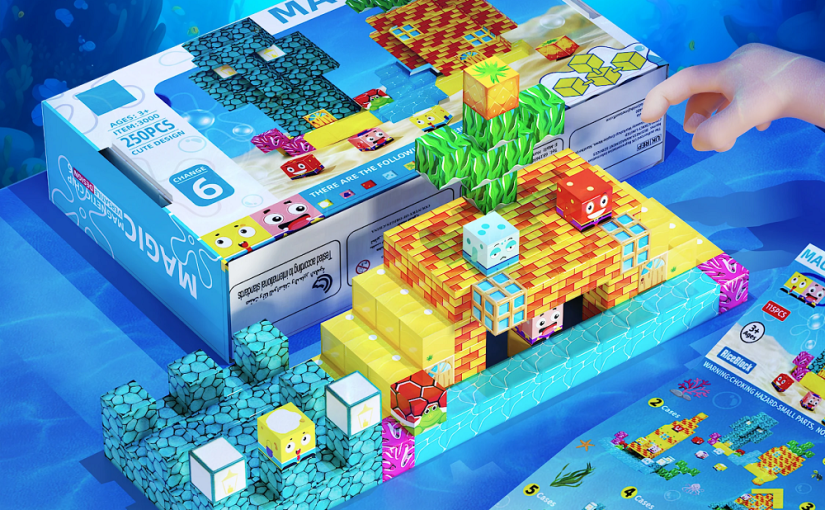Toddler building toys are essential tools for early childhood development. They not only provide endless hours of fun but also serve as valuable learning experiences. By engaging in hands-on building activities, toddlers enhance their creativity, problem-solving skills, and fine motor skills. The wide variety of interactive sets available today makes it easy to find toys that align with a child’s interests while promoting cognitive growth. This article will explore the benefits of toddler building toys, types of sets available, development milestones supported by these toys, and tips for selecting the right building toys for your little ones.
The Importance of Building Toys for Toddlers
Enhancing Creativity and Imagination
Building toys are fantastic for fostering creativity in toddlers. They allow children to express themselves freely while creating different structures, shapes, and designs. As toddlers engage with these toys, they experiment with various combinations, learning how to think outside the box. Whether it’s stacking blocks to create a tower or connecting pieces to form a new structure, the possibilities are limitless.
The act of building unleashes a child’s imagination, inviting them to envision and create. This process not only cultivates creative thinking but also encourages storytelling as children create scenarios for their structures. For example, a simple block tower can become a castle inhabited by imaginary characters. Engaging in imaginative play helps develop narrative skills, which are essential for communication and literacy later on.
Boosting Cognitive Skills
Building toys play a crucial role in enhancing cognitive development in toddlers. As children manipulate pieces, they practice problem-solving and critical-thinking skills. For instance, figuring out how to balance blocks to prevent them from toppling teaches children about weight distribution and gravity. These concepts are foundational in science and math education.
Many building toys also encourage children to follow instructions, which enhances their ability to understand sequences and develop planning skills. Some interactive sets come with guides or pictures showing how to construct various models. This element helps children learn to follow directions while fostering a sense of achievement once they complete a project. As they tackle increasingly complex structures, toddlers build confidence in their abilities, paving the way for future learning experiences.
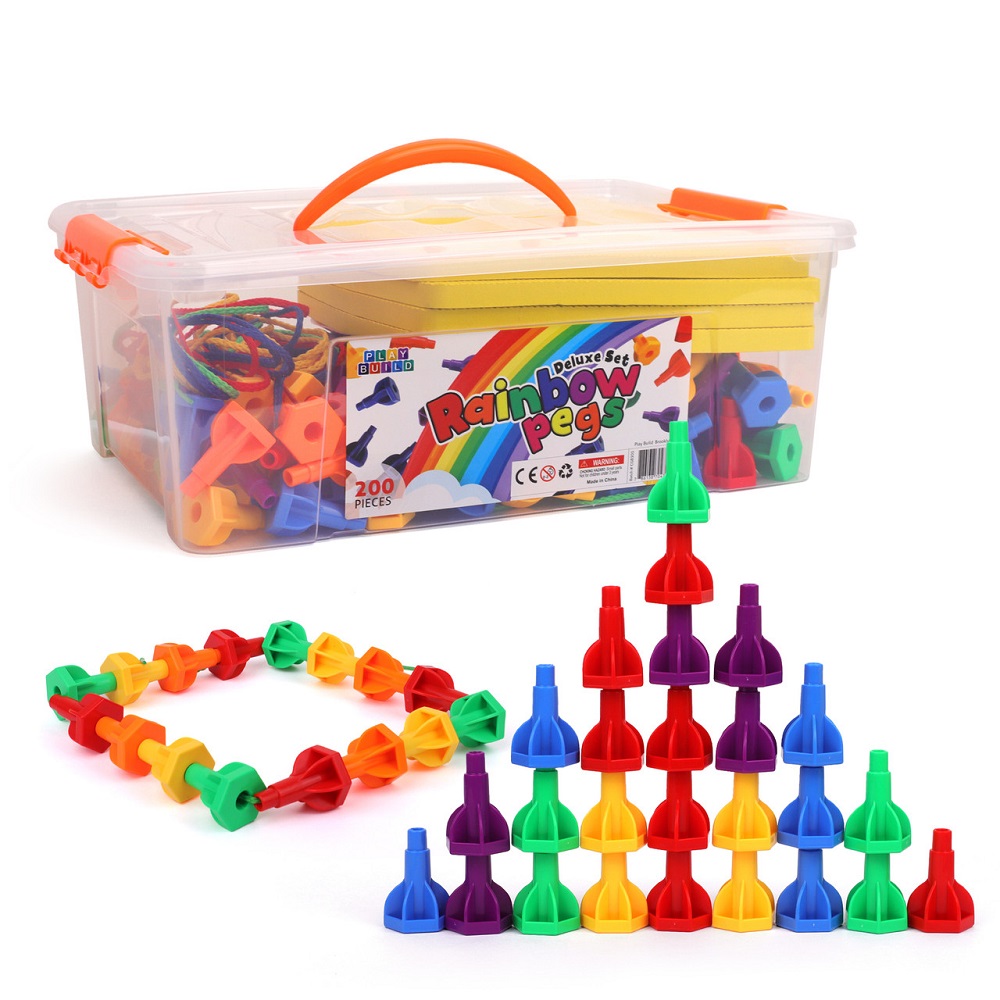
Types of Toddler Building Toys
Classic Building Blocks
One of the most popular types of toddler building toys is classic building blocks. These versatile toys come in various shapes, sizes, and materials, including wood, plastic, and foam. Traditional wooden blocks offer a solid and durable option, while softer foam blocks can be safer for younger toddlers.
Classic building blocks encourage imaginative play and creativity. Children can stack, arrange, and create anything from houses to towers. The simplicity of blocks means that toddlers can invent their designs and change them as often as they like. This adaptability fosters critical thinking and problem-solving skills as they figure out how to create stable structures.
Interlocking Sets
Interlocking building sets, like LEGO Duplo or Mega Bloks, are another exciting option for toddlers. These sets feature larger, easy-to-handle pieces that click together, allowing for endless construction possibilities. The interlocking design encourages children to experiment with different configurations, enhancing their spatial awareness.
Interlocking sets are particularly beneficial for cognitive development. As toddlers snap pieces together, they develop fine motor skills and hand-eye coordination. Furthermore, these interactive sets often come with themed sets that allow children to create specific designs, such as vehicles, houses, or animals. This aspect sparks both imaginative play and encourages storytelling as children bring their creations to life.
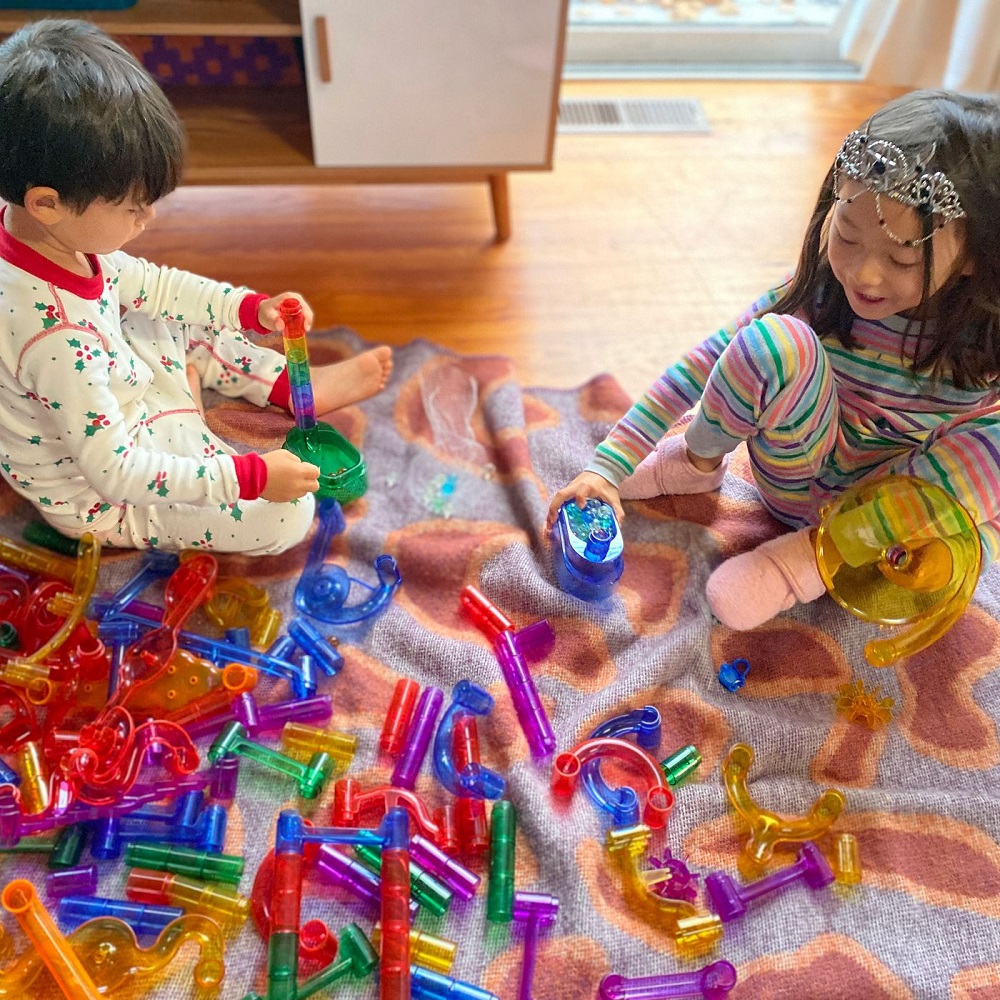
The Role of Building Toys in Motor Skill Development
Fine Motor Skills
Building toys are instrumental in developing fine motor skills in toddlers. As children grasp, stack, and assemble pieces, they strengthen the small muscles in their hands and fingers. This skill development is essential for later tasks, such as writing, using scissors, and self-care activities like buttoning shirts.
For instance, picking up and connecting small building pieces requires dexterity and coordination. Children learn to control their movements and apply varying pressure when connecting pieces, which enhances their overall fine motor abilities. These skills lay a foundation for confidence in physical tasks as they grow older.
Gross Motor Skills
In addition to fine motor skills, building toys can also support gross motor skills. Larger building sets often involve more physical movement, such as bending, squatting, and reaching when constructing larger structures. For example, stacking large foam blocks encourages toddlers to engage their whole bodies as they lift and balance their creations.
Encouraging movement during playtime is essential for overall physical development. As toddlers manipulate larger objects, they learn to coordinate their movements and develop strength and balance. Engaging gross motor skills during building play can lead to more confident and physically active children.
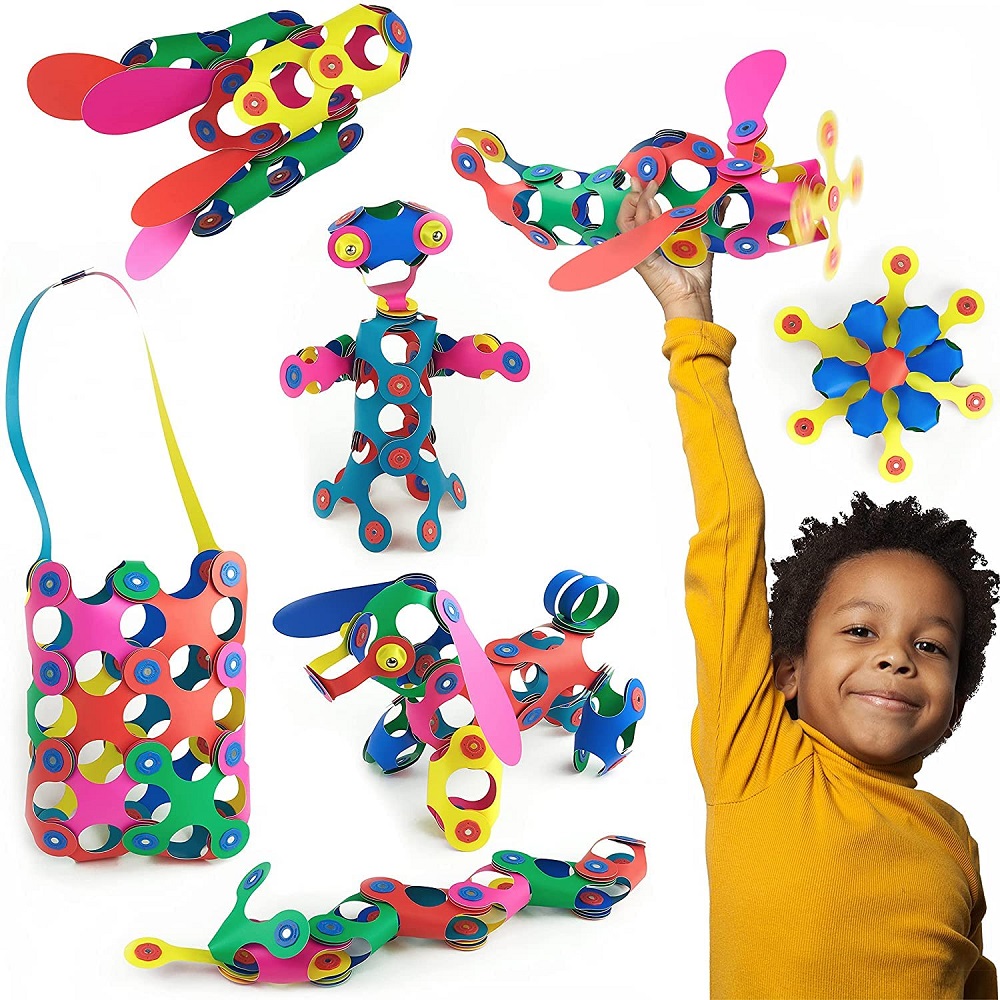
Fostering Social Skills Through Building Toys
Collaborative Play
Building toys can also facilitate social skill development by encouraging cooperative play. When toddlers work together to create something, they learn essential social skills like communication, sharing, and teamwork. Collaborative play can take several forms, including partnering with siblings, friends, or adults.
As toddlers engage in group building activities, they learn to express their ideas and listen to others. For instance, they might negotiate which structure to build or take turns adding pieces. These interactions are vital for developing interpersonal skills, which will serve them well as they grow and navigate relationships in school and beyond.
Conflict Resolution
Playtime with building toys can also present opportunities for conflict resolution. Disputes may arise over which pieces to use or who gets to build first. When these situations occur, children learn how to navigate disagreements and find solutions. These experiences teach them the importance of compromise and empathy.
For example, if two children want to use the same block, they may need to find a way to share or collaborate on an idea. By resolving conflicts amicably, toddlers develop emotional intelligence and decision-making skills. Learning to manage interpersonal conflicts at an early age enriches their social experiences and prepares them for future group dynamics.
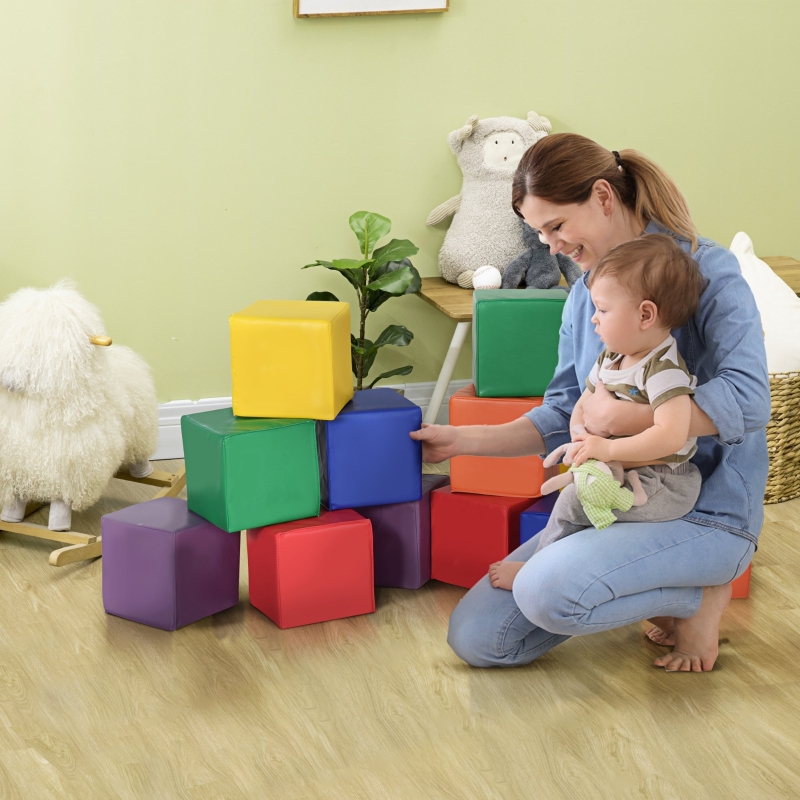
Choosing Age-Appropriate Building Toys
Safety Considerations
When selecting building toys for toddlers, safety should be a top priority. Always choose toys specifically designed for a toddler age group, as they will have appropriate sizes and materials. Small pieces can pose choking hazards, so it’s crucial to opt for larger blocks and interlocking sets that are safe for young children.
Additionally, check for non-toxic materials and avoid any toys with sharp edges or small parts. Reputable brands will often have safety certifications to reassure parents about their products. By making informed decisions on toy safety, parents can ensure their children play without compromising their well-being.
Developmental Stages
It is also important to consider developmental stages when choosing building toys. Look for age-appropriate options that align with your child’s motor skills and cognitive abilities. For instance, very young toddlers may benefit from larger blocks, while preschoolers may be ready for smaller, more challenging pieces.
Observe your child’s interests and skill level as they grow. Encouraging exploration within their developmental range will inspire confidence and keep them engaged in building play. Rotating toys regularly can also maintain their interest and motivate ongoing creativity.
Incorporating Building Toys into Daily Play
Encouraging Unstructured Play
Incorporating building toys into daily play routines can encourage unstructured and imaginative play. Rather than outlining specific building projects, give children the freedom to design and create according to their ideas. This approach allows for exploration and fosters independent thinking.
Setting aside a designated play area for building can help create an environment where your toddler feels comfortable experimenting with their toys. Provide various building toys, such as blocks and interlocking sets, along with additional materials like fabric or craft supplies. The flexibility to combine different creative elements enhances imaginative play and overall engagement.
Combining with Other Activities
To enrich playtime further, consider combining building toys with other activities. For example, after building a structure, encourage your child to create a story around it. This narrative development strengthens their language skills and fosters an understanding of plot and character.
You might also include sensory elements by providing materials like playdough or kinetic sand alongside the construction set. These activities stimulate engagement with different textures, supporting sensory development. By combining different types of play, toddlers can explore multiple skills while having fun.
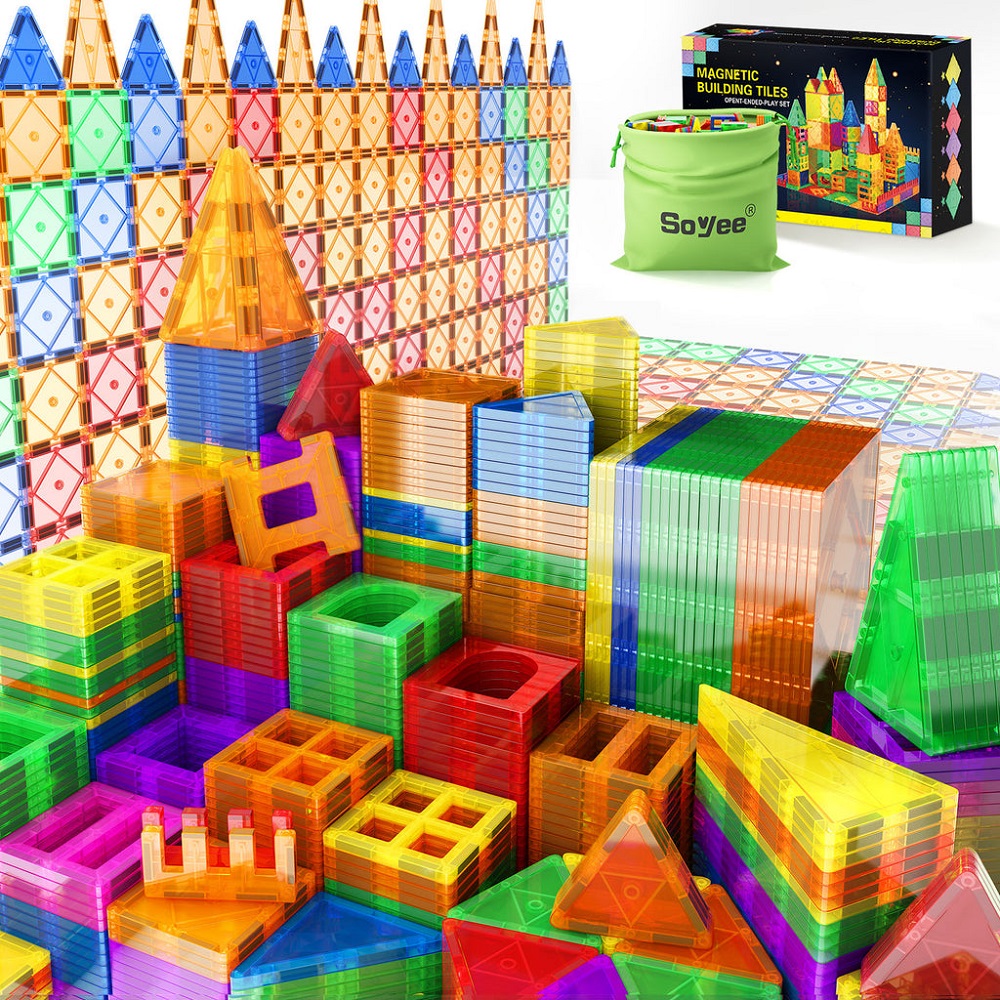
Conclusion: Fostering Growth Through Building Toys
In conclusion, toddler building toys are more than just simple fun; they are powerful tools that inspire imagination and foster essential developmental skills. By enhancing creativity, cognitive skills, fine motor abilities, and social skills, these interactive sets contribute to a child’s overall growth.
The diverse range of building toys available ensures there is something suitable for every child and stage of development. By choosing age-appropriate sets and encouraging unstructured play, caregivers can create an enriching environment where toddlers can thrive.
With thoughtful selections and engaging activities, building toys can lead to endless hours of imaginative play. As children explore, create, and collaborate with building sets, they leave behind the constraints of traditional play and enter a world of adventure that fuels their curiosity and nurtures lifelong learning. Embrace the journey with your toddler, and watch how their creative minds unfold through the magic of building toys.
